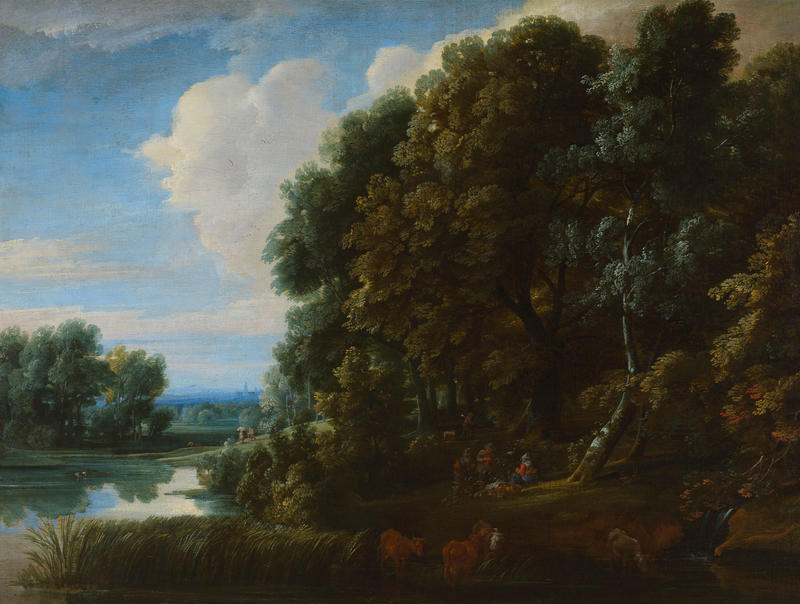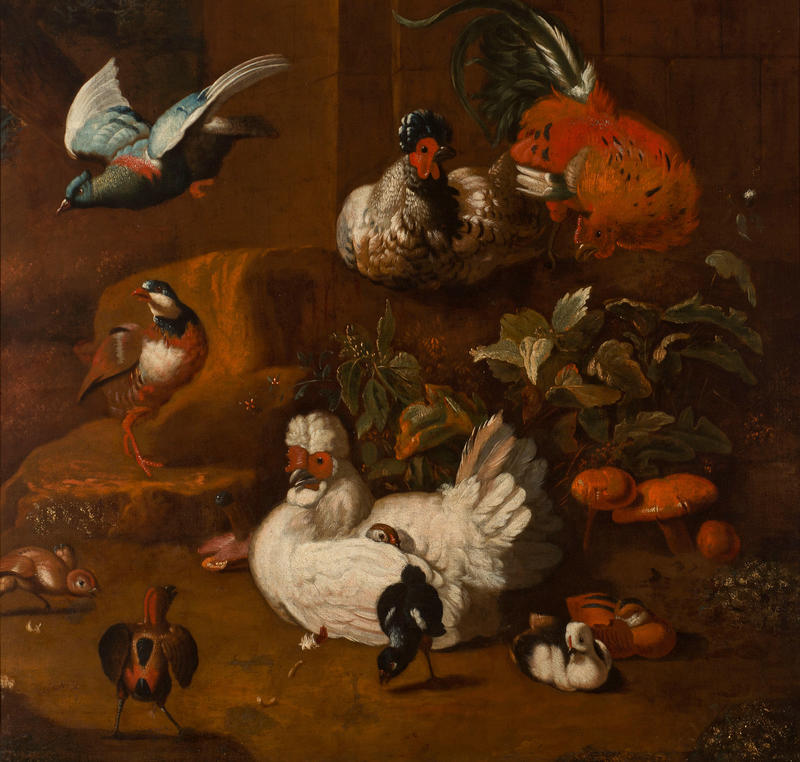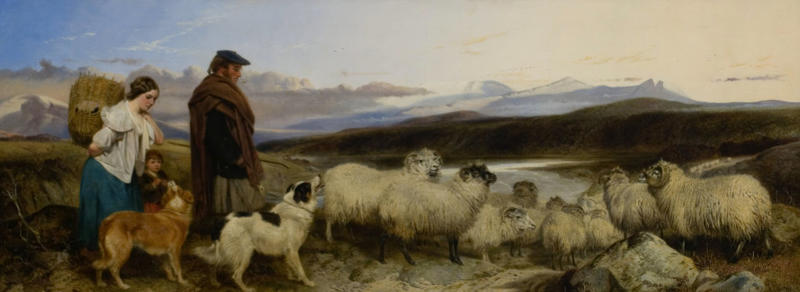—

exhibition Details
Within western art, the depiction of nature has had a long and varied history since the Middle Ages, when bestiaries or The Book of Beasts recorded their symbolical attributes, whether real or imagined. While Renaissance artists such as Leonardo da Vinci and Albrecht Dürer focused on accurately recording the natural world, for many artists and collectors living creatures and the landscape they lived in continued to serve as a background to important themes, whether religious or historical.
Gradually, however, the natural world became a subject in its own right. Collectors assembled cabinets of curiosities containing samples of rocks, insects, animals and other phenomena which artists sometimes studied, but it was only in the 18th century that the study of nature became a science. Northern artists promoted landscape painting, recording the fertile fields and villages of Holland and Flanders (now Belgium). In Italy, dramatic hills and sunny vales were often sketched accurately, but then reworked as settings for a scattering of tiny figures acting out a scene. This allowed a classical or religious title to be given to the work.
Animals became the subject of portraiture, perhaps because they were famous for particular deeds, or because they represented something important within society. Their power as symbols has continued to the present day.
Including works by Jacques d'Arthois, Karel Dujardin, Jacob van Ruisdael, Lucy Kemp-Welch, Claude Lorrain, John Everett Millais and others, Painting Nature brings animals, insects and the wider landscape to the fore in a series of works from the collection of Auckland Art Gallery Toi o Tāmaki.
- Date
- —
- Curated by
- Mary Kisler and Mathew Norman
- Location
- Level 1
- Cost
- Free entry
Related Artworks
Landscape
black and white chalk on grey paper
Auckland Art Gallery Toi o Tāmaki, purchased 1956
A Gathering of Birds
On display
A Rustic Scene with Sheep and Shepherds
On display
Boy and ponies
oil on canvas
Mackelvie Trust Collection, Auckland Art Gallery Toi o Tāmaki, purchased 1921
Landscape with a Rock
On display
Captain O'Kelly's "Eclipse"
On display
Noah's Ark
On display
Woodland Scene
On display
For of such is the Kingdom of Heaven
oil on canvas
Mackelvie Trust Collection, Auckland Art Gallery Toi o Tāmaki, purchased 1913
Family Group by an Ornamental Fountain in a Pastoral Landscape
oil on canvas
Mackelvie Trust Collection, Auckland Art Gallery Toi o Tāmaki, purchased with assistance from the M A Serra Trust, Auckland Art Gallery Toi o Tāmaki, 2014
On display
Guisachan
watercolour
Mackelvie Trust Collection, Auckland Art Gallery Toi o Tāmaki, gift of James Tannock Mackelvie, 1884
The shell fountain in the gardens of Villa d'Este
engraving
Mackelvie Trust Collection, Auckland Art Gallery Toi o Tāmaki, purchased 2005



































